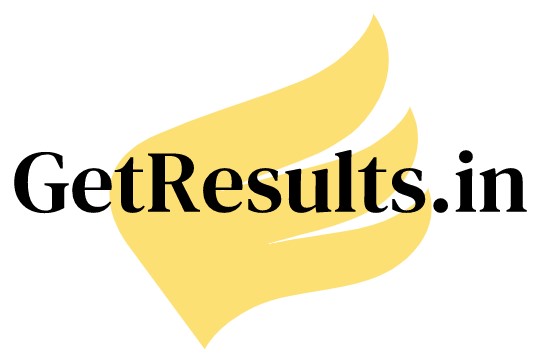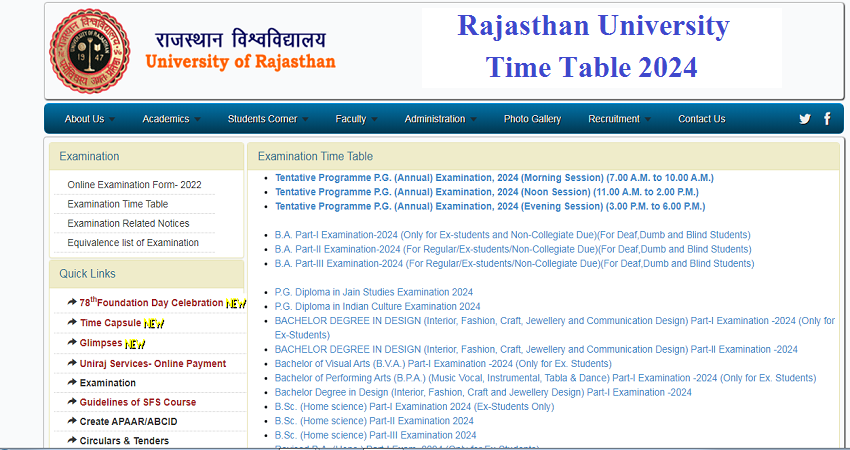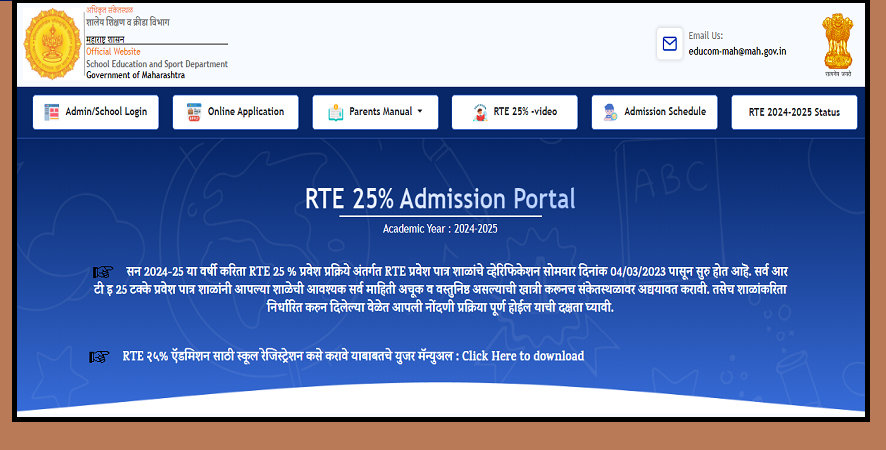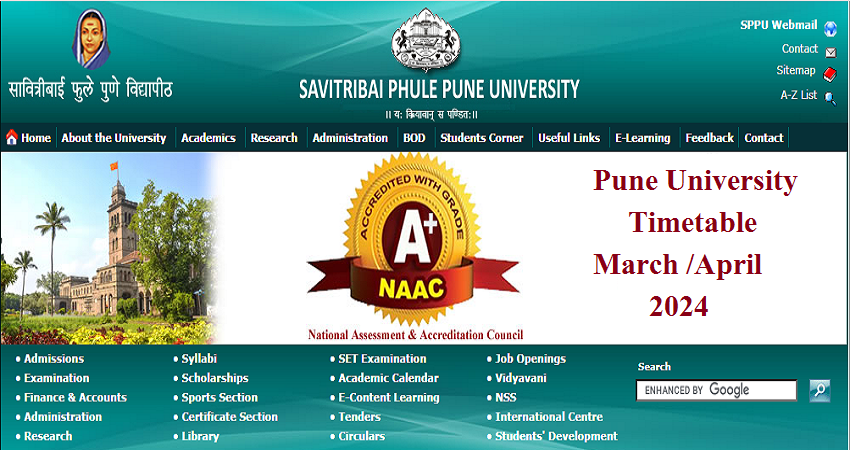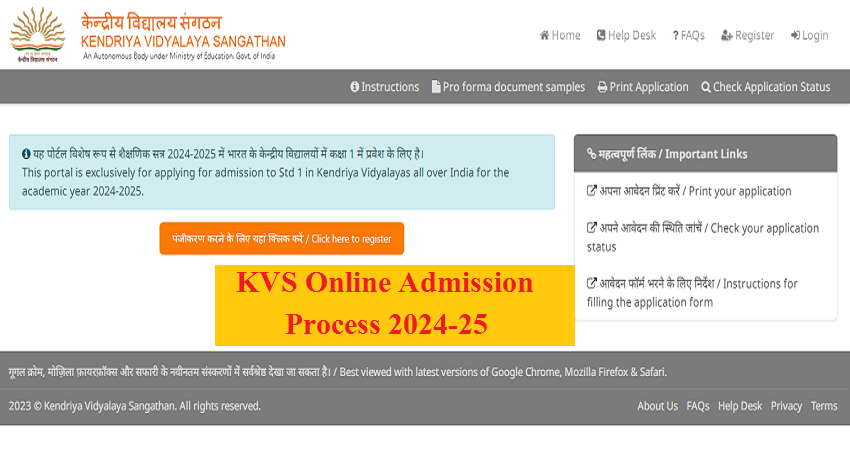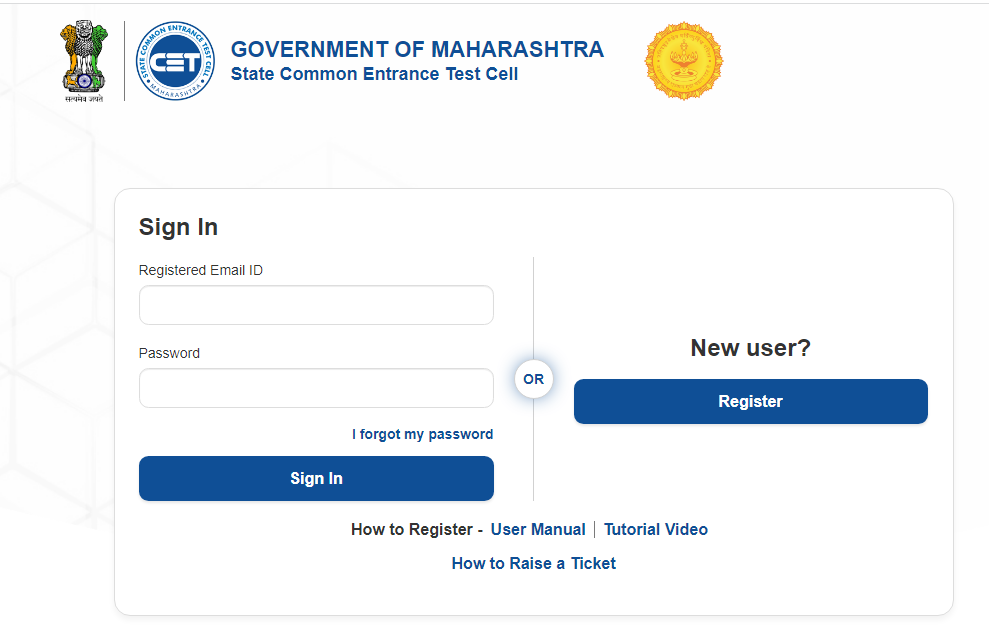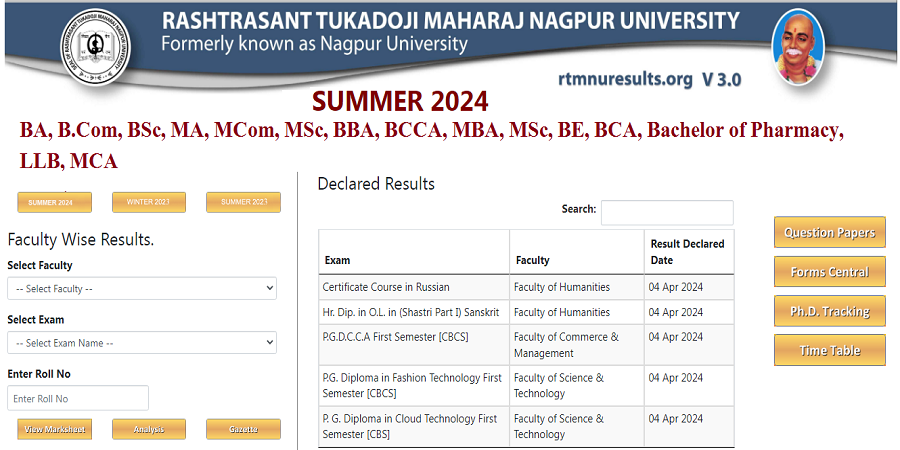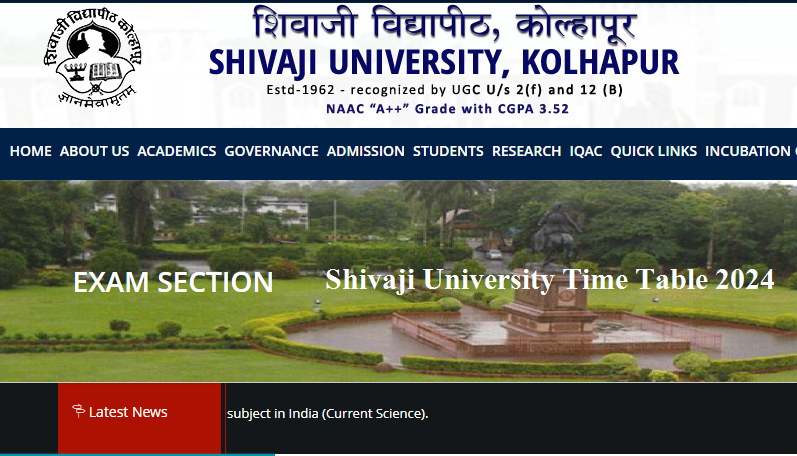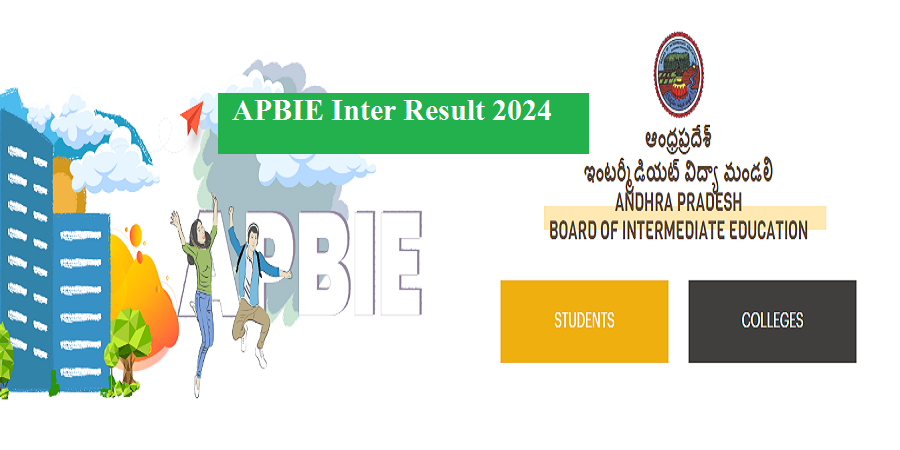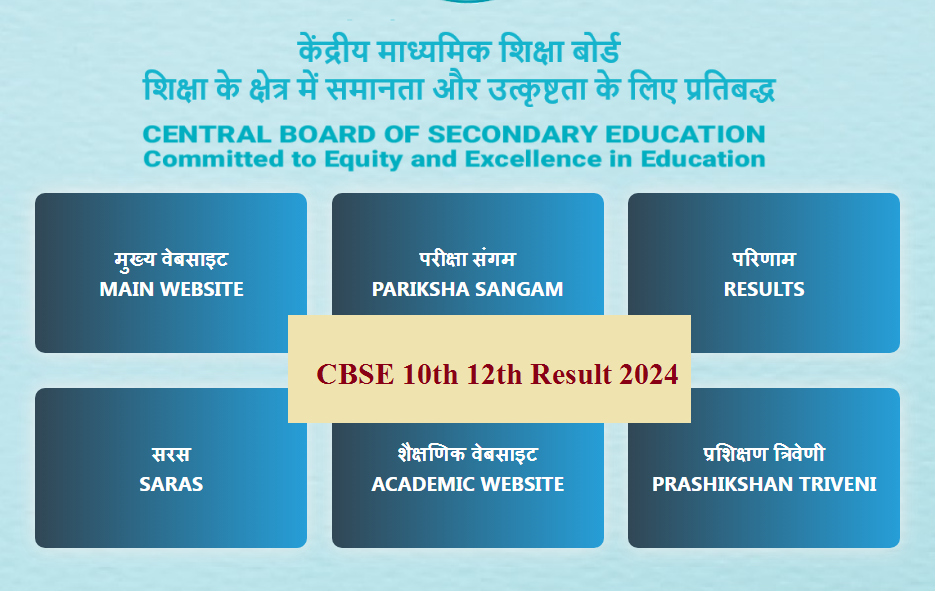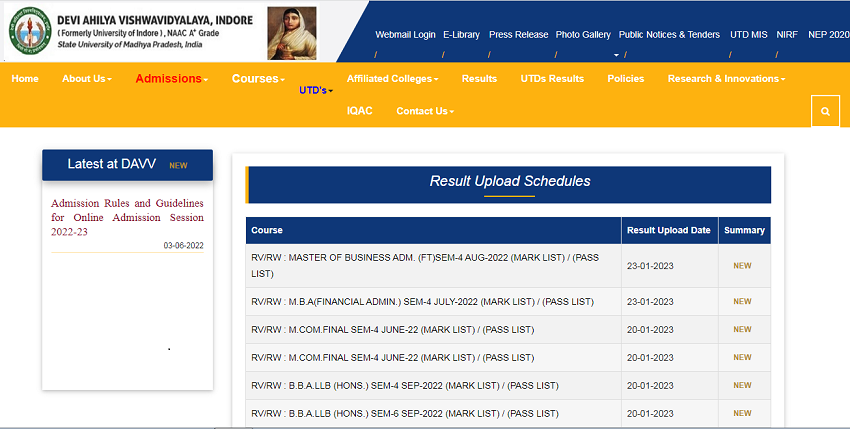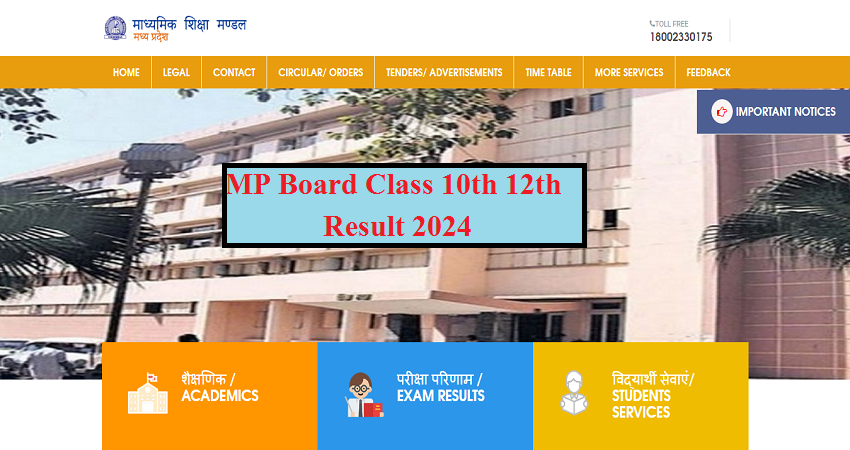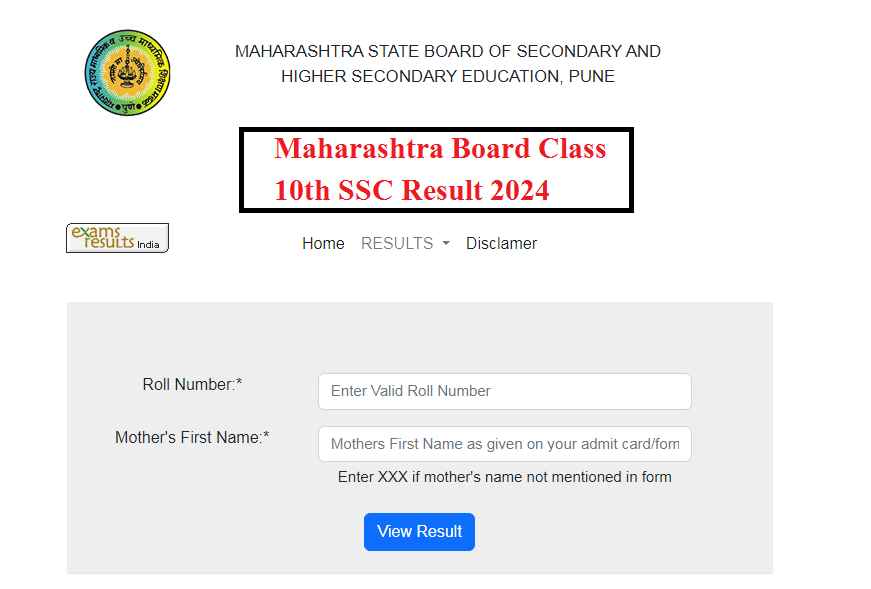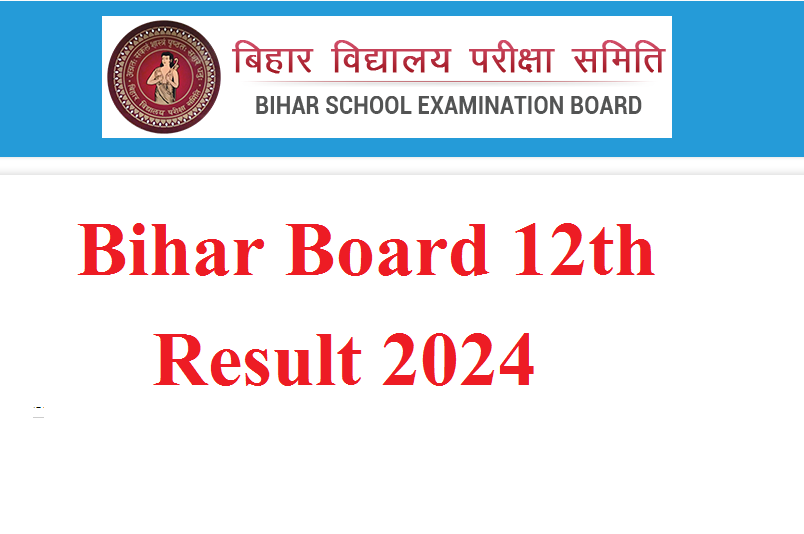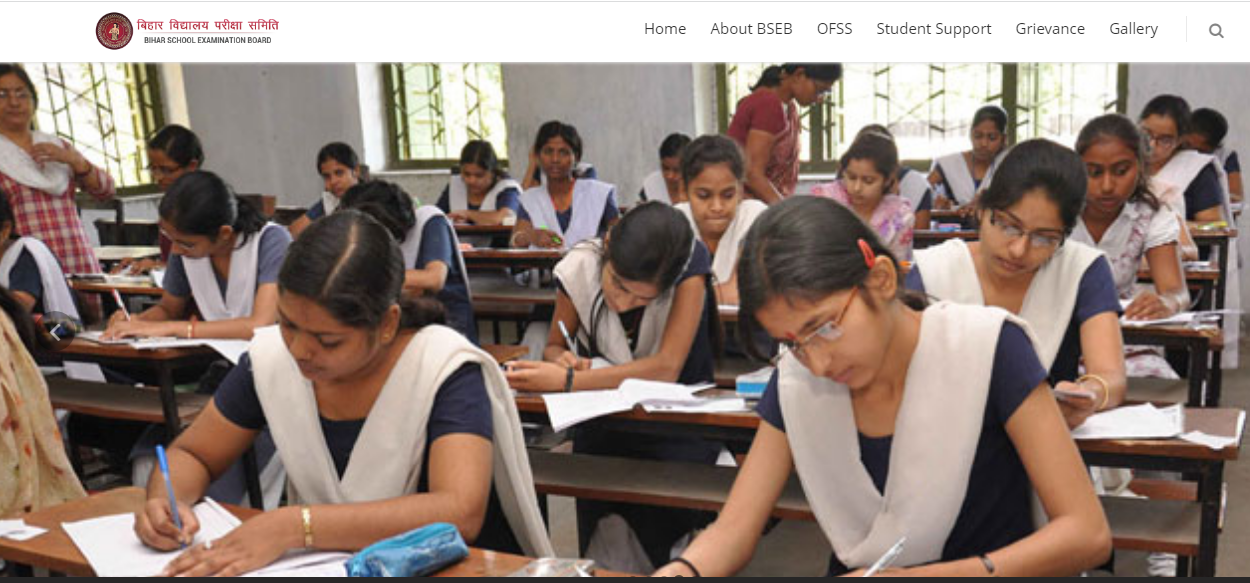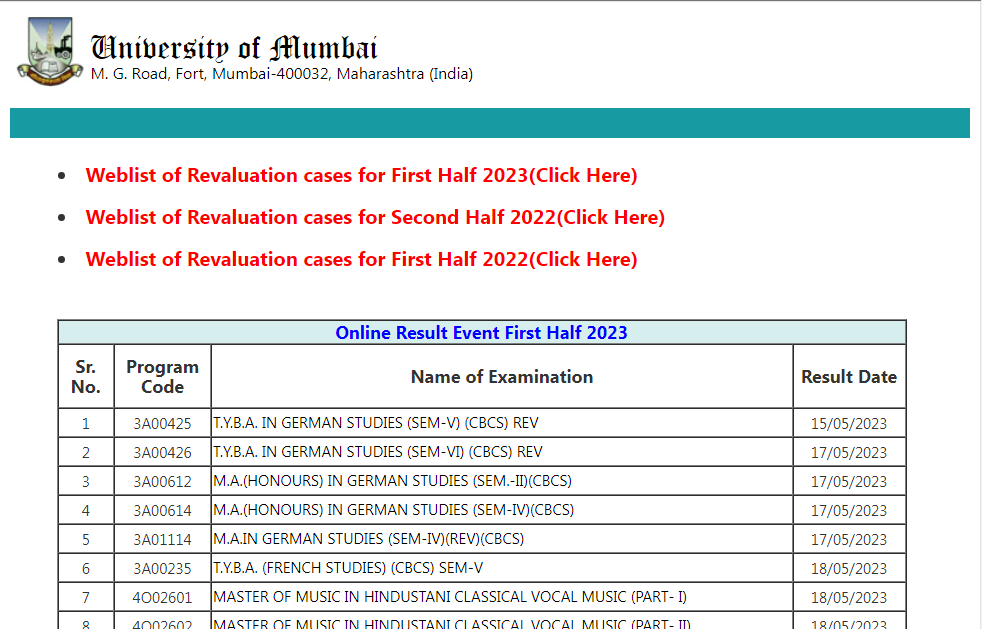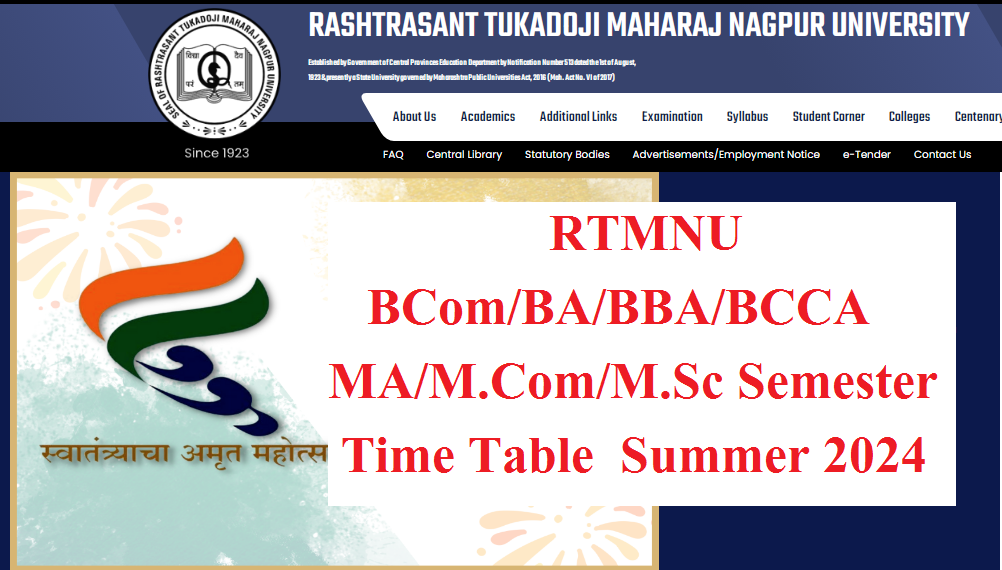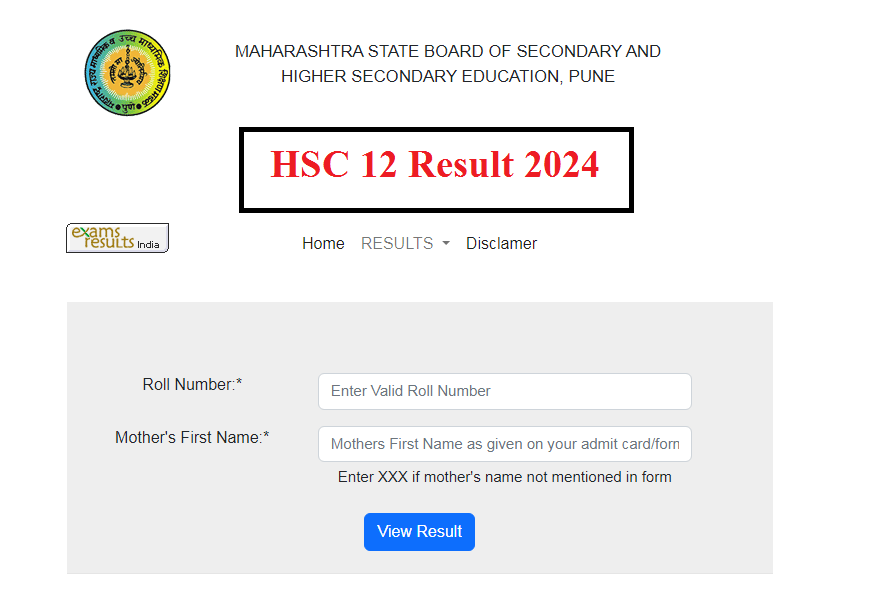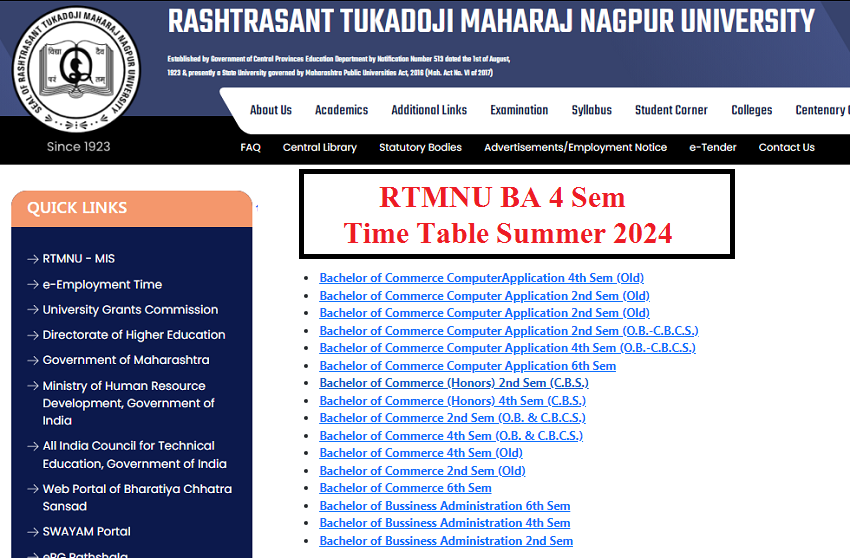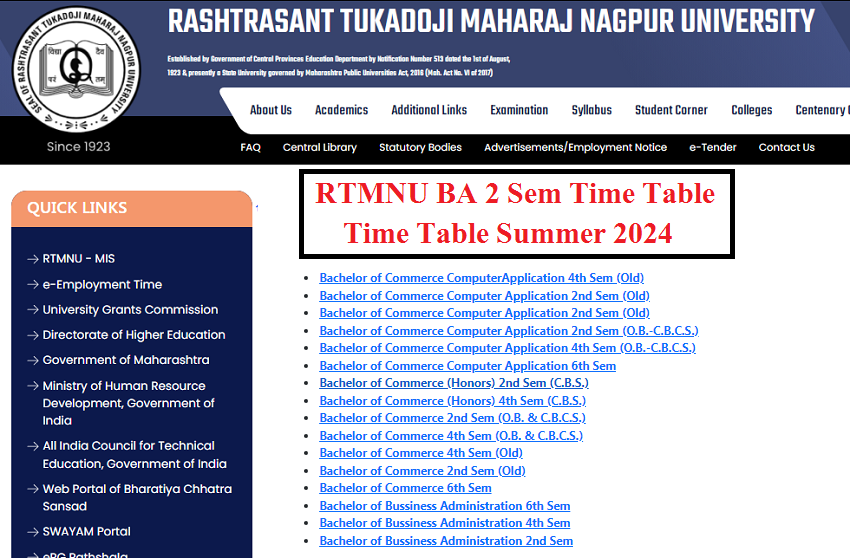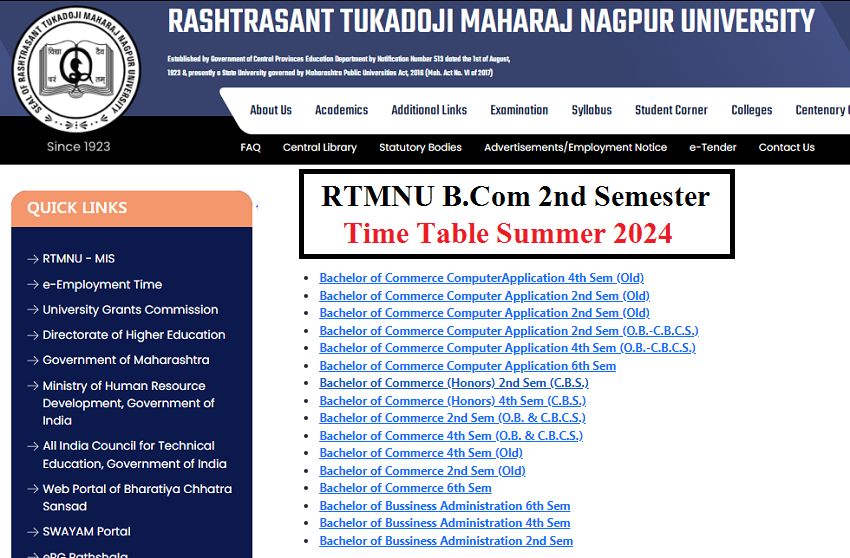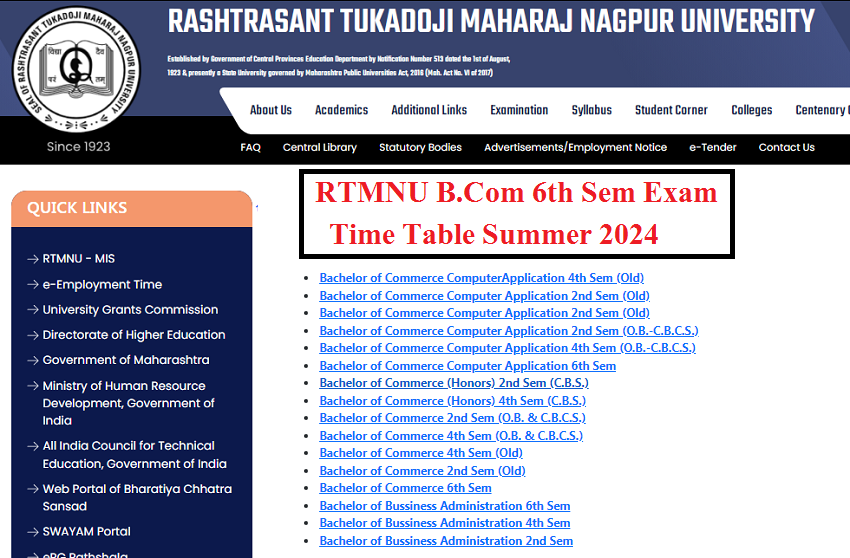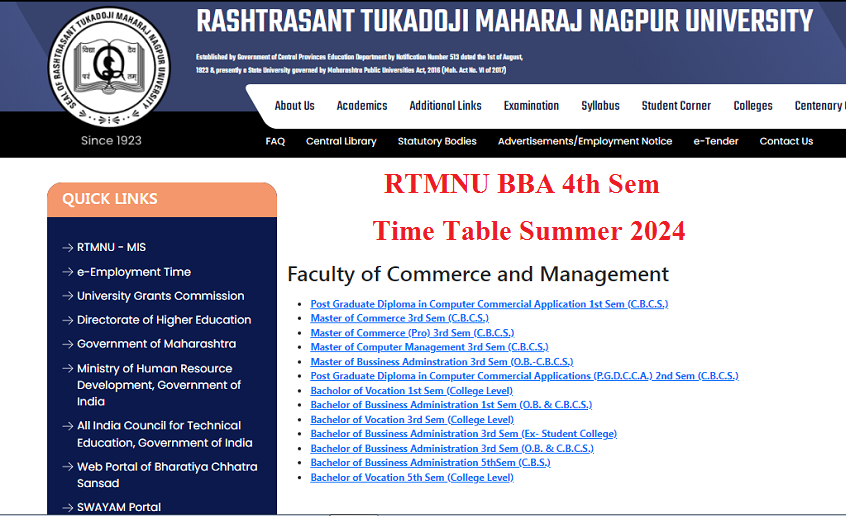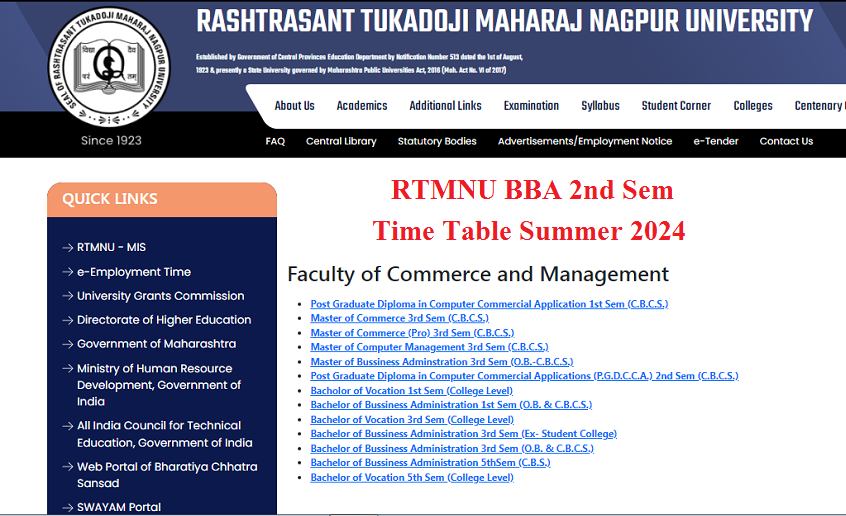SGBAU Revised M.Sc Syllabus 2021
SGBAU Revised M.Sc Syllabus 2021
SGBAU Revised M.Sc Syllabus 2021|Amravati University M.Sc Syllabus | Sant Gadage Baba Amravati University M.Sc Syllabus
Amravati University New Syllabus 2021 is available for Downloading. The latest SGBAU Revised M.Sc Syllabus 2021 is published by Amravati University. The students looking for this syllabus can Download the PDF Syllabus from given respective Links. We keep adding More details about this Syllabus on this page. We given below the Details updated new syllabus. Students of SGBAU are requested to go though the detail syllabus. You can also download the PDF of syllabus from given link. For More updates keep visiting us.
SGB Amravati University Revised M.Sc Syllabus 2021 -SGB Amravati University M.Sc New Revised Syllabus is given below for Downloading. The students can Download the respective Syllabus from following given details. Just go through the given links & read the given syllabus carefully. Amravati University New Syllabus Online Detail given below.
SGBAU Revised M.Sc Syllabus 2021
SANT GADGE BABA AMRAVATI UNIVERSITY, AMRAVATI
P. G. DEPARTMENT OF APPLIED ELECTRONICS
Faculty of Science and Technology
PROGRAMME OUTCOMES (POs)
Programme: M. Sc. (Applied Electronics)
PO1: At the time of completion of the programme, the student will able to develop extensive knowledge in various areas of Electronics.
PO2: Apply the knowledge of mathematics, science, engineering fundamentals and electronics to the solution of engineering problems.
PO3: Identify, formulate, research literature, and analyse science and engineering problems using first principles of mathematics and engineering sciences.
PO4: Design solutions for electronic and allied systems and design system components or processes that meet the
specified needs with appropriate consideration for the public health and safety and the cultural, societal and environmental considerations.
PO5: Use research-based knowledge and research methods including design of experiments, analysis and interpretation of data and synthesis of the information to provide valid conclusions.
PO6: Choose and apply appropriate modern tools/frameworks/platforms, software simulators, techniques, resources, and modern engineering and IT tools for solving complex engineering problems with an understanding of the limitations.
PO7: Apply ethical principles and commit to professional ethics and responsibilities and norms of the engineering
practice.
PO8: Function effectively as an individual, and as a member or leader in diverse teams and in multidisciplinary
settings.
PO9: Communicate effectively on complex engineering activities with the science and engineering community and
with the society at large, such as, being able to comprehend and write effective reports and design documentation,
make effective presentations and give and receive clear instructions.
PO10: Recognize the need for and have the preparation and ability to engage in independent and life-long learning
in the broadest context of technological change.
PROGRAMME SPECIFIC OUTCOMES (PSOs)
PSO1: At the end of the two-year M. Sc. Applied Electronics programme, the student will understand and be able to explain different branches of Electronics such as Communication Engineering, Analog and Digital Electronics, Microprocessors, Microcontrollers, VLSI, Embedded Systems, Smart Sensors, Digital Signal Processing, Microwaves, etc.
PSO2: The student will be able to execute a project spanning over third and fourth semester incorporating techniques of Basic and Advanced Electronics under supervision of a teacher.
PSO3: Courses in foundational subjects like Electronic Devices and Circuits, Linear Integrated Circuits, Digital Integrated circuits, Microprocessors and Microcontrollers, digital signal processing, microwave engineering, optical fiber communication engineering, embedded system design, etc. have a prominent lab component, offering hands-on training and exercises on numerous practical aspects of crucial importance. A postgraduate of the M. Sc. Applied Electronics Program will demonstrate:
PSO4: An ability to understand the basic concepts in Electronics & Communication Engineering and to apply them to various areas, like Electronics, Communications, Signal processing, VLSI, Embedded systems etc., in the design and implementation of complex systems.
PSO5: An ability to solve complex Electronics and communication Engineering problems, using latest hardware and software tools, along with analytical skills to arrive cost effective and appropriate solutions.
PSO6: An understanding of social-awareness & environmental-wisdom along with ethical responsibility to have a successful career and to sustain passion and zeal for real-world applications using optimal
resources as an Entrepreneur.
PSO7: Undertaking projects by students with a flexibility to balance between research- and applicationoriented work as per their interest.
SGBAU Revised M.Sc Syllabus 2021
SYLLABUS PRESCRIBED FOR TWO YEAR P.G. DEGREE COURSE
MASTER OF SCIENCE
(APPLIED ELECTRONICS)
SEMESTER PATTERN
SEMESTER : FIRST
ELECTRICAL ENGINEERING AND NETWORK ANALYSIS
COs (Course Outcomes)
After successfully completing the course, the students will be able to
1. Analyze electrical circuits using mesh and node analysis.
2. Apply suitable network theorems to analyze electrical circuits.
3. Apply Laplace Transform for circuit analysis.
4. Draw oriented graph of network to determine their currents and voltages.
5. Relate various two port network and apply two-port network theory for network analysis
Unit I :
Fundamentals of Electrical Engineering
Basic concept of voltage, current, work, power and energy, relationships between them, Resistance, resistivity, conductivity, Ohm’s law, series and parallel connections of resistors, voltage and current division, Star to delta and delta to star transformations, Kirchhoff’s laws applied to dc circuits, single phase AC Circuits (sinusoidal waveforms only), R-L-C series circuits and parallel circuits, phasor diagram, impedance triangle, active reactive power.
Unit II :
Single phase transformer
Principle of operation, construction, EMF equation of transformer, voltage transformation ratio, transformer on no load, transformer on load, losses in transformer, voltage regulation of transformer, efficiency of transformer, condition for maximum efficiency. Basic Network Elements and sources Network elements, circuit components, assumptions for circuit analysis, voltage and current sources, Standard input signals, source transformations, mesh and node analysis.
Unit III :
Graph theory and network equations
Graph of a network, Trees, co trees and loops, Incidence matrix, Cut-set matrix, Tie set matrix and loop currents, possible trees, analysis of a network using Kirchoff’s laws, network equilibrium equation and Duality network transformations.
Unit IV :
Laplace Transformation and its applications
Laplace transformations, basic theorems, Laplace transform of some important functions, initial and final value theorem, gate function, impulse function, Solutions of linear differential equations with constant coefficients, Heaviside’s partial fraction expansion.
Unit V :
Network Theorems
Introduction, Superposition theorem, Reciprocity theorem, Thevenin’s theorem, Norton’s theorem, Maximum power transfer theorem applied to DC and AC circuits.
Unit VI :
Two-Port Network
Open circuit impedance parameters, short circuit admittance parameters, Transmission or chain parameters, Hybrid parameters, Interrelationships between the parameters, Interconnection of two port networks, Input impedance in terms of two port parameters, Output impedance in terms of two port parameters.
Text Books:
1) De Carlo Lin : Linear Circuit Analysis, 2e, Oxford University Press
2) D. Roy Choudhary : Network and Systems (New Age International/ Wiley eastern ltd)
3) V .N. Mittle : Basic Electrical Engineering, (TMGH)
Reference Books:
1) M.E. Van Valkenburg : Network analysis 3rd Ed. (PHI)
2) Iskv Iyer : Circuit Theory, (TMGH)
3) Edminister : Electric Circuits, Schaum Outline Series
SGBAU Revised M.Sc Syllabus 2021
ELECTRONIC DEVICES AND CIRCUITS
COs (Course Outcomes)
After successfully completing the course, the students will be able to
1. Comprehend the knowledge of diode and its applications in rectifier and regulator circuits.
2. Understand basics of BJT, JFET, MOSFET, UJT and their operational parameters.
3. Understand feedback concept, topologies and their applications.
4. Implement and analyze various electronic circuits such as oscillators, multistage amplifiers and power amplifiers using BJT.
5. Design and analyze of electronic circuits
Unit I :
P-N Junction diode theory, Rectifiers – Half wave, full wave and bridge, Filters-C, LC and their analysis, analysis of clipping and clamping circuits using diodes, Zener diode and its application.
Unit II :
Theory and Analysis of Bipolar Junction transistor, Configurations, transistor as a switch,‘Q’ and stability factor, Methods of biasing, their needs, ‘h’ Parameter (CE, CB, CC analysis)
Unit III :
FETs (JFET & MOSFET): Types, Characteristics and parameters ( μ , gm, Rds), Biasing of FET, MOS capacitor, Equivalent circuits of JFET and MOSFETs, CMOS characteristics.
Unit IV :
Study of typical transistor amplifier circuits: BJT: RC coupled amplifier, Transformer coupled amplifier, Direct coupled amplifier, Cascode stage, Emitter follower, Darlington emitter follower, Bootstrap emitter follower, Feedback amplifiers. FET Amplifier-Common Source & Common Drain.
Unit V :
Class ‘A’, ‘B’, ‘AB’ and ‘C’ amplifiers, Calculations of power gain, efficiency, power dissipation and distortion, Oscillators, their criteria, Hartley, Colpitts and R-C Oscillators, Crystal Oscillator.
Unit VI :
Theory, Construction and applications of Schottky diode, Tunnel diode, Varactor diode, LED, Photo diode, Phototransistor, PIN diode.
Text Books:
1) Electronic Devices and : David A.Bell, Oxford University Press
2) Electronic Devices and Circuits : Millman and Halkias, TMGH
3) Integrated Circuits : Millman and Halkias, TMGH
4) Microelectronics : Millman and Halkias, TMGH
5) Millman and Taub : Pulse, Digital and Switching wave forms (TMGH,
Reference Books:
1) Microelectronic Circuits : Sedra/Smith,5e,Oxford University Press
2) Electronic Devices & Circuit Theory : R.L.Baylestad & L.Nashlsky (6th Edition), Pearson Education
3) Semiconductor Devices and Circuits : Aloke K.Dutta, Oxford University, Press
OBJECT ORIENTED PROGRAMMING C++
COs (Course Outcomes)
After successfully completing the course, the students will be able to
1. Justify the basics of object-oriented programming concepts such as data types, functions, classes, objects, constructors, inheritance, overloading etc
2. Design, implement, test, and debug simple programs in an object-oriented programming language.
3. Describe how the class mechanism supports encapsulation and information hiding.
4. Design and test the implementation of C++ programming concepts
Unit-I :
Introduction to object-oriented programming, comparison with structured programming object oriented terminology data abstraction, Inheritance, polymorphism.
Unit-II :
New keywords, type compatibility, scope operator, function in C++, function prototype, In line function, Default argument, Overloading, Operator overloading, Unary operator, Binary operator.
Unit-III :
Class: definition, Object, Data member and instance variable methods, Implicit object, class scope, Access specifier, Operator method, Constructor, Copy constructor, Destructor, Assignment calls, Static member, Dynamic objects, Array of objects, Friend functions, Pointer to member.
Unit-IV :
Inheritance and polymorphism: simple inheritance, constructor and destructor in inheritance, protected access, specifier, class conversions, multiple inheritance, multiple base classes, and virtual base classes.
Unit-V :
Polymorphism: Virtual function, abstract base classes, Using polymorphism with example, Generic function, generic classes.
Unit-VI :
Stream in C++: Inserter, Extractor, Formatting, Manipulator, Error handling, user defined streams, defining Insertion and extractor operator.
TEXT BOOKS
1) Object oriented Programming with C++, Sahay, Oxford University Press
2) Programming with ANSI C++, Trivedi, Oxford University Press
3) Object Oriented Programming with C++ by E. Balaguruswamy, Tata Mc-Graw Hill publishing Co.Ltd., New Delhi,1995.
REFFERENCE BOOKS:
1) Object Oriented Programming in Turbo C++ by Rober Lofore, Galgotia Publications Pvt.Ltd., New
Delhi,1995
2) The C++ Programming Language by Bjame Stroustrup Pub.Co.,New York, 1995 (Addison Wesley)
3) C++ Primer by Lipman Stanley B., New York, Addison Wesely Pub.Company, 1995
4) Data Structure using c and C++ by Langsam, Augenstein and Tenenbaum; PhI, New Delhi.
5) Joyce Farrell – Object Oriented Programming using C++, Cengage Learning Pub.Company
SGBAU Revised M.Sc Syllabus 2021
ELECTRIC AND MAGNETIC FIELDS
COs (Course Outcomes)
After successfully completing the course, the students will be able to
1. Apply vector calculus to understand the behavior of static electric/magnetic fields.
2. Formulate and solve problems in electrostatics and magnetostatics in dielectric media.
3. Describe and analyze electromagnetic wave propagation in free-space.
4. Analyze plane electromagnetic waves at boundaries between homogeneous media.
5. Analyze the electromagnetic radiation from localized charges considering retardation effects
Unit-I
Coordinate systems and Transformations: Scalars and vectors, unit vector, vector addition and subtraction, vector multiplication, components of a vector, orthogonal coordinate systems and their transformations, differential length, Area, and Volume, Del operator, Gradient, curl, divergent of a vector.
Unit-II
Electrostatic: Coulomb’s law and Electric field intensity, Electric flux density, Gauss’s law, divergent theorem, Electric vector potential, Electric energy stored in static electric field, potential gradient.
Unit-III
Magneto static: current density and continuity equation, Biot-Savert’s law, stokes theorem, Ampere’s circuital law and applications, magnetic flux density, scalar and vector magnetic potential, Energy stored in static magnetic field, Maxwell equations for steady fields.
Unit-IV
Maxwell equation and boundary conditions: Maxwell equation for time varying fields, Electric boundary conditions for conductor-dielectric interface, magnetic boundary condition for two different magnetic materials.
Unit-V
Electromagnetic waves: Electromagnetic wave equation in homogeneous medium, wave propagation in a perfect dielectric(free space), solution of electromagnetic wave equation, Intrinsic impedance, Poynting vector and Poynting theorem, Reflection and Refraction of plane waves, Field analysis of transmission lines, characteristic impedance.
Unit-VI
Radiation: Retarded potential, Electric and magnetic fields due to oscillating dipole (Alternating current element), power radiated and radiation resistance, linear arrays, Endfire and broad side array, pattern multiplication.
TEXT BOOK:
1. Matthew N.O. Sadiku.: “Elements of Electromagnetic”, Oxford University Press (Fourth Edition,2008
2. Jordan E.C. and Balman K.C. : “ Electromagnetic Waves and Radiating system” Prentice Hall of India
Private Limited, (Second Edition), 1985.
REFFERENCE BOOKS:
1. Hayt W.H.: “ Engineering Electromagnetics”, Tata Mc-Graw Hill
2. Krauss J.D. : Electromagnetics”, Mc-Graw Hill Books co.(Third Edition), 1984
SGBAU Revised M.Sc Syllabus 2021
COMMUNICATION SKILLS
COs (Course Outcomes)
Upon successful completion of this course, the student will be able to:
1. Acquire knowledge about the various principles of communication.
2. Learn the importance of verbal and non-verbal communication in the professional world.
3. Imbibe the knowledge of effective classroom speaking and presentation.
4. Learning the nuances of effective writing by using short and crisp sentences.
5. Synthesize and apply appropriate and effective conflict management strategies.
Unit I :
Comprehension – word study: –
Synonym, antonym, meanings, matching words, adjectives, adverbs, prefix and suffix, correct forms of commonly misspelled words, understanding of the given passage. Skimming for general ideas, Contextual vocabulary, Error detection, Note making and Location of argument from text, Ability to answer inferential, factual and personal response.
Unit-II
Comprehension – Structure study:-
Simple and compound sentences, types of conjunctions, singular and plural, tenses and their effect on verb forms, Use of – not only – but also, if clause, since, may, can, could, would, too etc. Active and passive forms, negative and interrogative, punctuation and capitalization.
Unit III
Theoretical background – importance of communication, its process, model of communication its components & barriers. Types of written communication, organization of a text (Titles, summaries, headings, sequencing, signaling, cueing etc.), important text factors (length of paragraph, sentences, words, clarification and text difficulty). Evaluation of written communication for its effectivity and subject content.
Unit IV
Specific formats for written communication like – business correspondence, formal reports, technical proposals, research papers and articles, advertising and graphics. Format for day today written communication like applications, notices, minutes, quotations, orders, enquiries etc. Letter writing, messages telegrams, telex, fax and e-mail Writing memos, agendas and notices of meetings, Preparing advertisements.
Unit-V
Oral communications – Important objectives of interpersonal skills, Verbal communication, its significance, face to face communications, group discussion and personal interviews. Voice modulation and logical argument, Comprehension of text at normal reading speed. Listening skill and timely response, Participation and contribution to discussion, Command over language Formal and informal style of communication, Body language.
Unit-VI
Non-verbal communication, types of graphics and pictorial devices. Meaning and purpose of meetings, seminars, symposia, conference and workshop. Methodology of conduction of meetings, seminars, symposia, conference and workshop. Brochure preparation forseminars, symposia, conference and workshop. Preparation of minutes of meeting.
TEXT BOOKS :
1) Technical Communication-Principles and Practice, Raman, Oxford University Press
2) Technical Communications-English Skills for Engineers, Raman, Oxford University Press
REFERENCE BOOKS :
1) Curriculum Development Centre, TTTI WR, Bhopal : A Course in Technical English, Somaiya Publication
Pvt. Ltd.
2) F.Frank Candlin : General English for Technical Students, University of London Press Ltd
3) Krishna Mohan, Meera Banerjee : Developing Communication Skills, MacMillan India Limited.
4) Chrissie Wright (Editor) : Handbook of Practical Communication Skills, Jaico Publishing House.
SGBAU Revised M.Sc Syllabus 2021
ELECTRICAL ENGINEERING & NETWORK ANALYSIS LABORATORY
COs (Course Outcomes)
By the end of the course the student will be able to:
1. Analyze and solve the Electric circuits
2. Capable of designing different transformer connections
3. Incorporate knowledge on different testing methods for Transformers
4. Apply the fundamental concepts in solving and analyzing different Electrical network
5. Estimate the performance of a particular network from its analysis
Minimum 10 experiments based on the syllabus of 1AE1, that are preferably uniformly distributed over
the syllabus
ELECTRONIC DEVICES AND CIRCUITS LABORATORY
COs (Course Outcomes)
By the end of the course the student will be able to:
1. Acquiring basics of parameters and operation of various semiconductor devices.
2. Implementation of basic circuits using electronic devices.
3. Verification and analysis of performance of electronic circuits.
Minimum 10 experiments based on the syllabus of 1AE2, that are preferably uniformly distributed over
the syllabus
OBJECT ORIENTED PROGRAMMING C++ LABORATORY
COs (Course Outcomes)
After successfully completing the course, the students will be able to
1. Justify the basics of object-oriented design and the concepts of encapsulation, abstraction, inheritance, and
polymorphism
2. Design, implement, test, and debug simple programs in an object-oriented programming language.
3. Describe how the class mechanism supports encapsulation and information hiding.
4. Design and test the implementation of C++ programming concepts
Minimum 10 experiments based on the syllabus of 1AE3, that are preferably uniformly distributed over
the syllabus
COMMUNICATIONS SKILLS LABORATORY
COs (Course Outcomes)
On completion of this course the student should be able to:
1. Accomplish sound vocabulary and its proper use contextually.
2. Speak clearly, confidently, comprehensibly.
3. Listen/view and comprehend different spoken discourses/excerpts in different accents
4. Write cohesively and coherently and flawlessly avoiding grammatical errors
Objective:
On completion of this laboratory the candidate should be able to demonstrate adequate skills in oral and written
communication for technical English language, actively participate in group discussions and interviews and exhibit the evidence of vocabulary building. Candidates should be assessed through continuous monitoring and evaluation. The sample list of experiments is given below. This list can be used as guideline for problem statements but the scope of the laboratory should not be limited to the same. Aim of the list is to inform about minimum expected outcomes.
1. Assignments and tests for vocabulary building
2. Technical report writing
3. Group discussions
4. Interview techniques
5. Projects and tasks such as class news letter
6. Writing daily diaries and letters
7. Interactive language laboratory experiments.
FREE ELECTIVE AUDIT#1
ELECTRONIC DEVICES & COMPONENTS
COs (Course Outcomes)
After successfully completing the course, the students will be able to
1. Understand component symbol, working principle, classification and specification.
2. Handle basic electrical and electronics equipment.
3. Understand all the fundamental concepts involving electronics engineering
4. Understand Function of PCB and PCB lay-out
5. Understand the IC fabrication technology, classification, packaging and SMD.
SECTION A
Unit I : Construction, selection and failures of · Resistors: Fixed type, Variable Type , Network and Chip type · Capacitors: fixed and variable Type
Unit II : Switches & Relays: Types, Construction and Testing · Fuses, Cables and Connectors: Types, Construction, Specification and Application · Introduction to Heat sink, Choke and Transformer
Unit III : Basics of Electronic Component layout, PCB material, Properties and specifications, Basic manufacturing process of PCB , Soldering and Desoldering Techniques.
SECTION B
Unit IV : P-N Junction diode theory-, Temperature dependency, Diode Resistance, Diode capacitances, Zener diode : characteristics, Avalanche & Zener breakdown, Testing of diode using Ohmmeter and CRO
Unit V : Theory of PNP and NPN Transistor, Transistor Configurations, Their Characteristics and current Components. Transistor as an amplifier, Testing of Transistor using Ohmmeter and CRO
Unit VI: Introduction to IC and SMD, IC Fabrication Steps, Classification of ICs, monolithic IC, advantages, disadvantages of ICs, thick film and thin film IC, linear IC, digital IC, IC packages – SIP, TO 5, flat, DIP, pin identification, temperature ranges, device identification, Concept of SMT and SMD, advantages and disadvantages of SMD, SMD resistor, capacitor, IC, transistor, land pattern of SMD resistor, capacitor, transistor and ICs, SMD packages (SOT, PLCC)
Text Books:
1. Madhuri Joshi, “ Electronic Component and Material” 3rd Edition, Shroff Publication
2. Millman H Halkies, “ Integrated Electronics” TMH Co. New Delhi
Reference Books:
1. Bosshart, “ Printed Circuit Board” TMH
2. David Bell’ “ Electronic Devices and Circuits” Oxford University Press, 2010
3. Boylestad R, “Electronic Devices and Circuits” Prentice Hall of India Pvt. Ltd. New Delhi.
4. S. K. Bhattacharya, “Electrical and Electronics Engineering Materials Components, Khanna Publishers
5. Dhir, “Electronic Components and Materials”, Tata McGraw Hill
6. Charles A. Harper, “Handbook of components for electronics”, Laxmi Enterprise
7. Thomas H. Jones, “Electronic Components Handbook”, Reston Publishing Co.
SGBAU Revised M.Sc Syllabus 2021
FREE ELECTIVE AUDIT # 2
INTRODUCTION TO LAB ELECTRONIC
INSTRUMENTS
COs (Course Outcomes)
After successfully completing the course, the students will be able to
1. Understand the testing of electronic devices and components using ohmmeter, multimeter.
2. Understand Function specification and usage of CRO, function generator, multimeter
3. Understand the analog signal analysis using spectrum analyser and network analyser
4. Understand logic analyser
Unit I Analog meters, digital meters, dc voltmeter, ac voltmeters, RF probes, ammeters, ac ammeters, ohm-meters, 4-wire ohm measurements, multi-meters, meter range, other multi-meter functions: continuity indicators, diode ,
transistor tests, capacitance and inductance measurements, specifications.
Unit II : Floating and grounded outputs, sine wave sources, imperfections in sine wave sources,: frequency accuracy, frequency stability, amplitude accuracy, distortion, spurious responses, close-in-sidebands , Function Generators:
Arbitrary waveform generators, arbitrary waveforms, Frequency sweep, sync output, phase locking, pulse generators, RF signal generators.
Unit III : Oscilloscopes: the concept of oscilloscope, digital scope block diagram, sample rate, real time and repetitive sampling, triggering, acquisition/sweep control, vertical amplifier, vertical resolution, ac and dc coupling, bandwidth
limit, X-Y display mode, High impedance inputs, 50 ohm inputs, digital acquisition and display techniques, specifications of oscilloscopes, mixed signal oscilloscope, oscilloscope probes, probe compensation, active probes,
differential measurements, high voltage probes, current probes, digital storage oscilloscope.
Unit IV : Oscilloscope measurements, basic waveform measurements, voltage gain measurements, phase measurements, frequency measurements, digital signal measurements, frequency response measurements, square wave tests, linearity measurements, curve tracer measurement techniques, diode I-V and resistor IV characteristics, amplitude modulation measurements, power measurements, FFT measurements, basic time domain reflectometry.
Unit V : Spectrum and network analyser: Spectrum analyser, bank-of-filters spectrum analyzer, FFT spectrum analyzers, wave meters, resolution bandwidth, narrow band and broad band measurements, swept spectrum analyzer measurements, Network analyser, distortion analyzers, RF power measurements, RF power meter.
Unit VI : Logic Analyzers: logic probes, oscilloscope logic measurements, logic analyzers, timing analyzers, glitch detect, state analyzers, data formats, state displays, timing displays, microprocessor based measurements, trigger events and sequencing, microprocessor program flow, logic analyser probing, combined scope and logic analyser, PC-hosted logic analysers.
Text Book:
1] Electronic Test Instruments: Analog and Digital by Robert A. Witte, Second Edition, Pearson Education
2] Digital Measurement Techniques by Rathore T S
